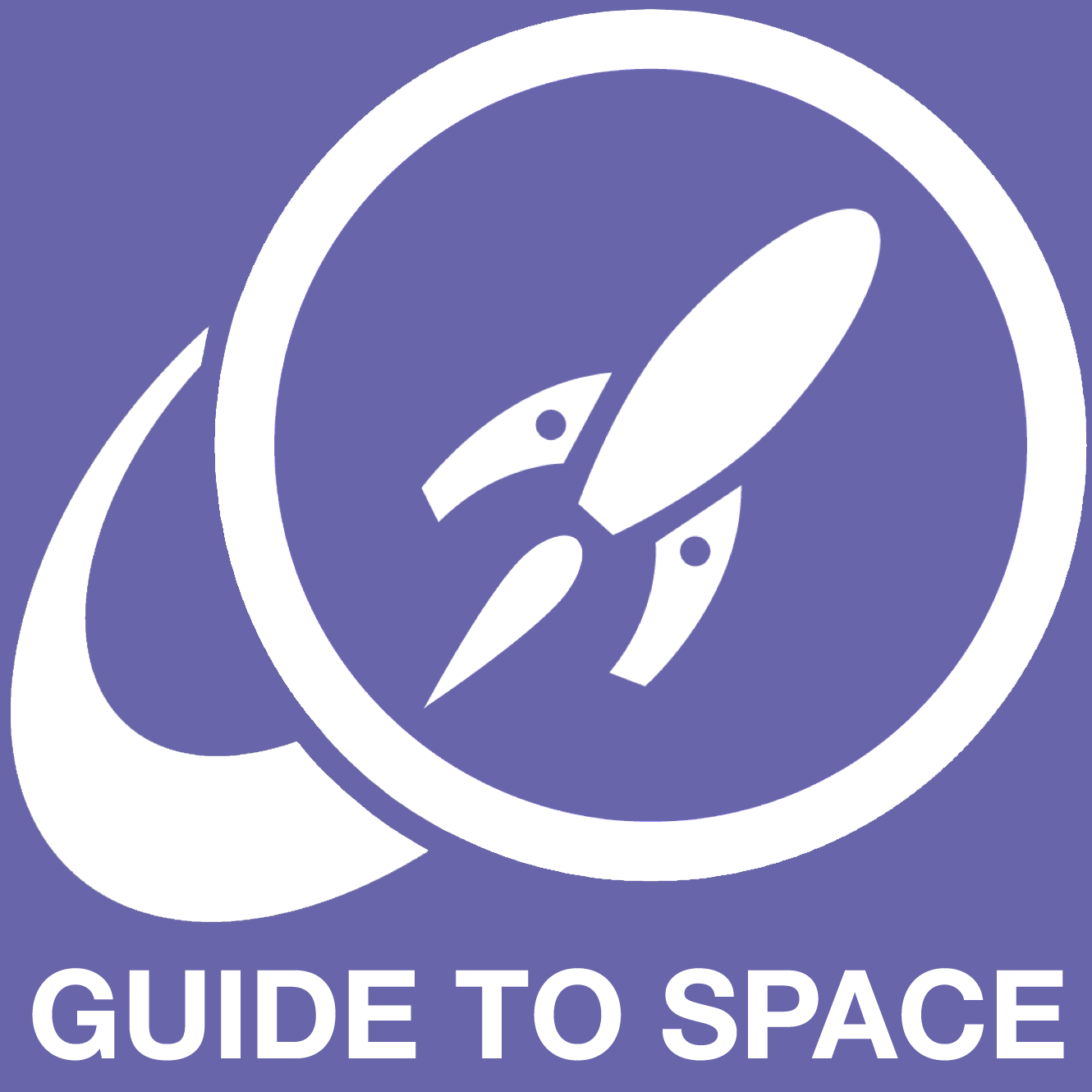In science fiction, wormholes are a method often used to travel great distances across space. Are these magic bridges really possible?


In science fiction, wormholes are a method often used to travel great distances across space. Are these magic bridges really possible?

What temperature do astronauts experience? What about Pluto, or the depths of space. What’s the coldest possible temperature space can get?

It seems like the good times will go on forever, so feel free to keep on wasting energy. But entropy is patient, and eventually, it’ll make sure there’s no usable energy left in the Universe.

We know trips in space will take a long time. Can we go to sleep for the journey and then wake up when we arrive?

Today’s show is about the idea of space force to deal with the future warfighting in space. It turns out, this already exists, space is already well militarized.

Space is the worst. It’s got hostile radiation, a total lack of atmosphere, near absolute zero temperatures, problematic gravity wells, and worse. So how to get enough power in space?

We try to avoid thinking about it, but spacecraft are machines that break down and eventually fail. Some can last for years, others decades, but in the end they’ll be gone forever.

Every time we send a spacecraft to another world, our Earth-based lifeforms are going with us. No matter how well we try to keep them clean, a few stowaways will always come along for the ride.

Extending humanity to other worlds in the Solar System is at the very limits of our modern technology. Extending humanity to other worlds in the Solar System is at the very limits of our modern technology. And unless there are dramatic discoveries in new propulsion systems or we learn how to build everything out of carbon nanotubes, the future of space exploration is going to require living off the land.

Astronomers have finally solved one of the outstanding mysteries in cosmology. Forget about all the dark matter and dark energy, where’s all the missing regular mass in the Universe? This has been called the “missing baryon problem”.